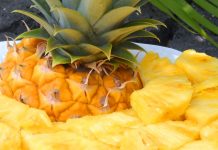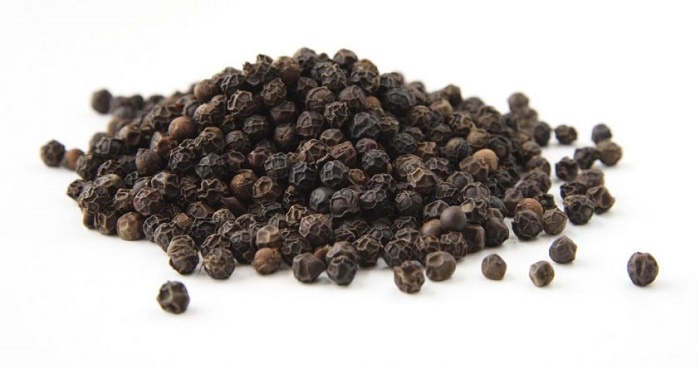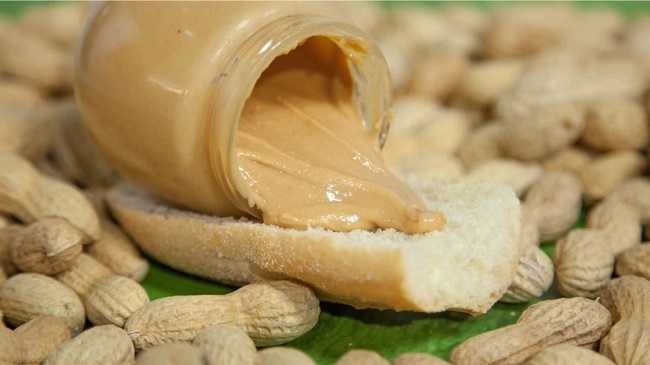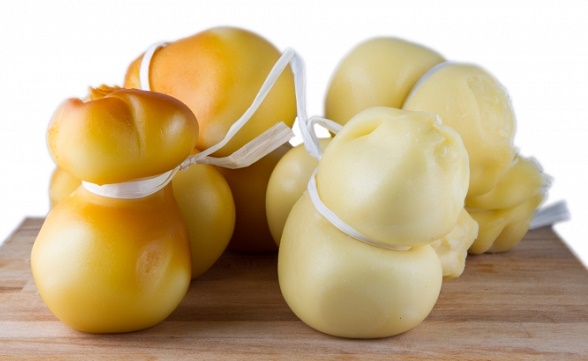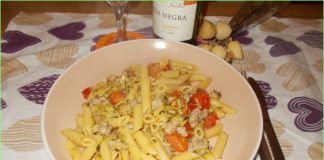
History
The butter is made with the fat part of the milk, separated from the whey and then condensed. The extract is an emulsion, primarily of water, where are dissolved sugars and proteins in the fatty part, which then in the fluid phase crystallize in part. This fluid, has a softening point, very close to the ambient temperature, and its appearance is solid, while the soft texture of the color ranging from milky white to yellow decided, proceeds from the lipid part of the milk of different animals by inversion of cream and possible fermentation, the continental European tradition, or salting of the Anglo-Saxon countries.
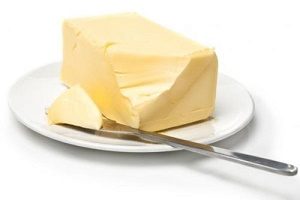
It is used as a condiment in the kitchen, like lard or vegetable oils. Over the years, its use is not only closely related to food, but found a lot of space also in cosmetics, medicine and lubricants. In temperate climates, also called “room temperature”, the consistency of the butter is soft, thanks to the melting point lies between 28 and 33 degrees and its dissolution is easy.
Its classic color is pale yellow, but can range in yellow or white understood. This change in color depends on the type of fresh feed of dairy animals, in fact, it is white in winter and yellow in summer, and is rich in natural carotenoid. The yellow color, it can also be a consequence of alterations or an incorrect method of conservation, or a rancidity which then leads to a high bacterial charge acquired due to a long period elapsed between the animal’s milking and churning. Also it can be artificially colored with carotene for example, or other substances. The white color may instead be achieved through the recasting industrial processes.
According to Italian law, the name of the butter, “is reserved for the product obtained from cream derived from cow’s milk and the product obtained from cows ‘whey’ and can not contain other fats added”. However, the butter may also be derived from the milk of other animals, such as the “buffalo butter”, which is a typical product of Campania, while the yak butter, is a typical ingredient of the culinary traditions of the Tibetan people. Then there is also the butter made from the whey of goat’s milk, which is part of the alpine tradition.
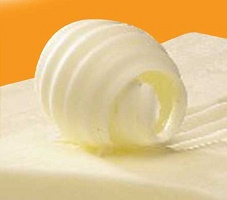
Production and quality
We can divide the production of butter, since there and the obligation to indicate the origin at the production level:
1. Butter of surficing or dairy butter. Lower quality product, because proceeds from underproduction from the dairy industry, where the surficing is spontaneous and at room temperature, but this process generates a high microbial load that obliges further industrial processing.
2. Butter centrifuged. Of high quality and produced entirely by the centrifugal milk just milked, and comes from a supply chain that uses low temperatures.
3. Raw butter. Product of average quality, stored before recasting and pasteurization. Also called “churned” of fresh creams for butter making, produced by surfacing waiting for other processes.
4. Serum Butter. Its quality is much lower because it is produced directly from milk, but from the residual fat and the milk origin serum.
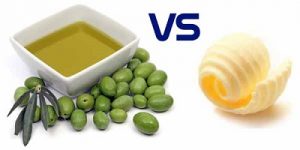
The Italian butter is a very low-quality product, because the techniques of milk processing are mainly oriented to the production of quality cheese, such as Parmesan, so the Italian butter is produced mainly for surfacing and high temperatures, instead that for the centrifuge and at low temperatures, and often the whey is used. This is happened mainly because of large use of extravergin olive oil in the Italian recipes, while butter has a little use and then poor importance.
In the United States unlike Italy, it is produced salted butter, and has a high consumption. This is also very popular in Northern Europe and may contain preservatives. Having long been deeply discredited, especially in Southern Europe, the butter slowly is regaining popularity and specialists recommend a not excessive consumption, but also not too small. You can alternate the butter to extra virgin olive oil.
This typical condiment of Italy is in fact less caloric than some oils because it is not hydrogenated or chemically modified in order to obtain the production, is rich in essential nutrients, such as calcium, for example, or milk protein and vitamin A. In cases of hypercholesterolemia it is not advisable to use.
Composition
This food, rich in vitamin A and mineral salts, is useful for our body, however, has a high content of cholesterol. A law wants his part fat does not exceed 80%, except the production of low fat content equal to 39-41% butter, or 60-62%, and water of not greater than 16%. The reason for which, once melted in the pan at high temperature, the ordinary butter sizzles is to be found precisely in the percentage of water contained in it. More water is present in butter, most will feel the sizzle if melted in the pan.

